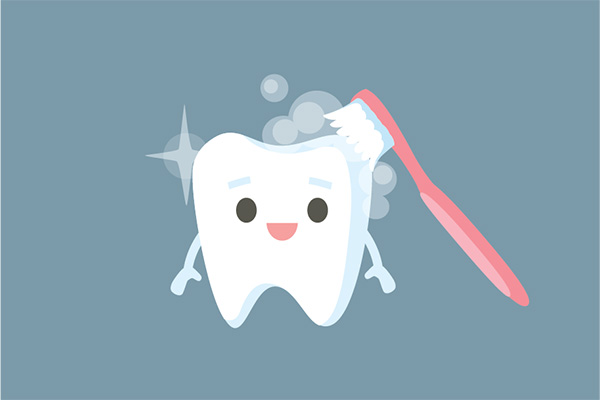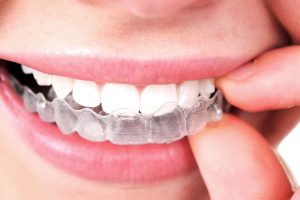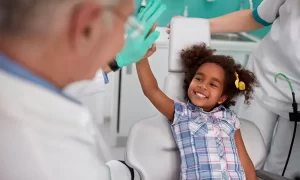
Teaching kids about oral hygiene can be an enjoyable journey. Children thrive on fun and creativity. By turning dental care into an engaging adventure, we can foster lifelong habits. A dentist in Fairfield, CA once shared simple strategies to make brushing and flossing exciting. I learned three key approaches. First, use storytelling. Create tales of brave tooth heroes battling plaque monsters. Second, incorporate music. Singing catchy tunes during brushing makes the routine lively. Lastly, involve them in choosing their toothbrush. Letting kids pick their favorite toothbrush or toothpaste encourages participation. These methods transform dental care from a chore into a joyful experience. When children understand the importance of clean teeth and gums, they embrace the routine wholeheartedly. Making oral hygiene interesting not only promotes good habits but also strengthens their overall health. By combining education with play, we can instill essential practices that last a lifetime.
Storytelling: A Powerful Tool
Children love stories. By weaving dental care into a narrative, we capture their imagination. Imagine a story where teeth are knights defending the kingdom of “Mouthland” from sugar villains. This approach not only entertains but also educates. Kids learn why brushing and flossing are vital. They begin to see their role in keeping their teeth “knights” strong. This method fosters a sense of responsibility and encourages regular oral hygiene.
Music and Rhythm: Making Brushing Fun
Music has a special way of making any task more enjoyable. Encourage kids to brush along to their favorite song. Use a two-minute track to match the recommended brushing time. This turns brushing into a mini dance party. It helps them associate oral care with fun rather than duty. Consider creating a playlist that includes songs about health and self-care. This not only makes the routine enjoyable but also reinforces positive messages about overall well-being.
Involvement: Let Them Choose
Allowing kids to choose their toothbrush and toothpaste can make a big difference. With colorful designs and flavors available, personal choice makes the process exciting. When kids have a say in their dental tools, they feel more invested in using them. Encourage them to pick a toothbrush with their favorite character or a toothpaste with a flavor they love. This simple act turns brushing into something they look forward to, rather than something they dread.
Educational Resources
Utilizing educational resources can enhance understanding. Websites like CDC’s Children’s Oral Health offer valuable information. These resources provide tips on maintaining healthy teeth and gums. They also offer guidelines on when to start dental visits and how to handle common issues like teething. Sharing these resources with children familiarizes them with oral health concepts. It empowers them to take charge of their dental care.
Comparing Fluoride and Non-Fluoride Toothpaste
Choosing the right toothpaste is essential for protecting children’s teeth. Here’s a simple comparison of fluoride and non-fluoride toothpaste to help make an informed choice:
| Aspect | Fluoride Toothpaste | Non-Fluoride Toothpaste |
|---|---|---|
| Ingredients | Contains fluoride, which strengthens enamel | Fluoride-free, often includes natural ingredients |
| Benefits | Prevents cavities and strengthens teeth | Gentle on sensitive mouths, no risk of fluoride ingestion |
| Recommended Age | Use pea-sized amount for children over age 2 | Safe for all ages |
Consistency is Key
Regular routines build strong habits. Encourage kids to brush twice daily and floss once a day. Use a calendar to track their progress. Offer rewards for maintaining consistency. This positive reinforcement encourages continued effort. Routine care is more effective after treatment. Make oral care a family activity, brushing together in the morning and evening. This sets a good example and strengthens family bonds.
Visit the Dentist Regularly
Regular dental visits are crucial. They ensure teeth and gums are healthy and detect any potential issues early. Pediatric dentists create a welcoming environment for kids, easing any fear. Schedule visits twice a year to keep their oral health on track. Explain the importance of these visits in a simple, reassuring way. Let them know the dentist is there to help keep their smile bright.
By incorporating these fun and engaging techniques, we can help kids develop excellent oral hygiene habits. It is about making the experience enjoyable and educational. With creativity and consistency, we can guide them towards a lifetime of healthy smiles.







